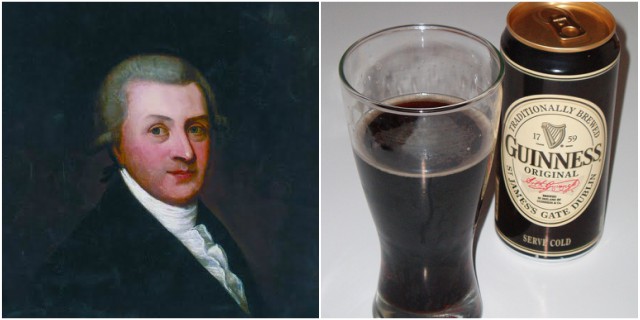Arthur Guinness was born on September 28, 1725, to a family of brewers on the estate of Arthur Price, the Protestant Church of Ireland archbishop of Cashel. His father Richard, who was land steward to the archbishop of Cashel, Dr. Arthur Price, brewed beer for workers on the estate taught Arthur the craft of brewing.
As time passed young Arthur became a very good friend with Price and when the archbishop died in 1752 he left 100 pounds each to “his servant” Arthur and his father. This event marked the beginning of Guinness brewing company’s story. At that time 100 pounds was a large sum of money and it was the equivalent of four years wages.
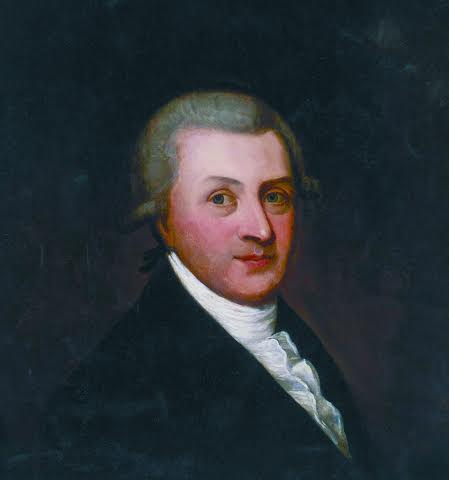
He managed to perfect his skills as the brewer for an inn owned by his stepmother in the next few years and three years after archbishop’s death he managed to rent a small brewery in Leixlip, a town in north-east County Kildare, Ireland.
Business was going well for Arthur and when he was 34-years-old he moved from Leixlip to the capital city of Ireland in order to open a brewery there hoping to expand his business. He found an old dilapidated brewery, named St. James’s Gate Brewery, in the southwest of Dublin. The brewery covered four acres and consisted of a copper, a kieve, a mill, two malthouses, stabling for 12 horses and a loft to hold 200 tons of hay.
The owner of St. James’s Gate Brewery required 100 pounds as a down payment and 45 pounds per month for rent. On the last day of December 1759, Arthur somehow managed to get the owner to agree to a lease for up to 9,000 years on these terms. Guinness is still brewed at St. James Gate, and the company still pays 45 pounds in rent each month.
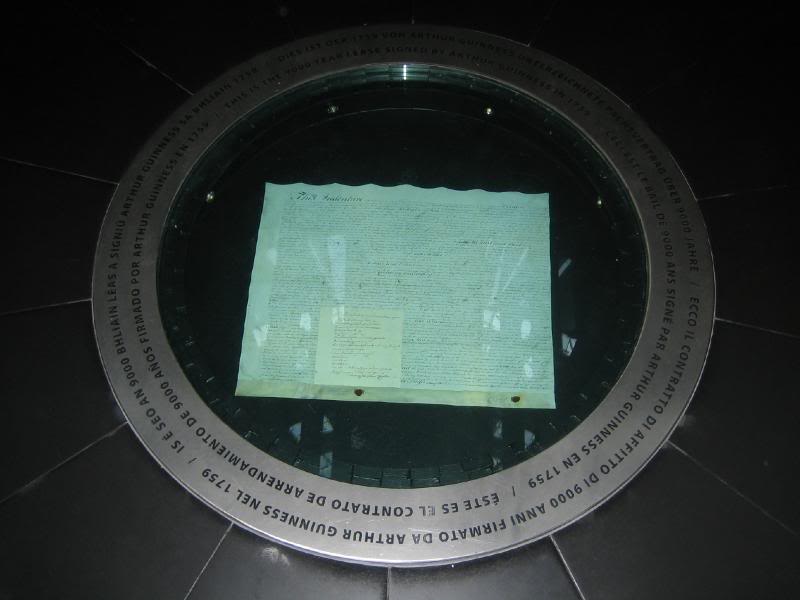
At that time whiskey, gin, and poteen were the alcoholic drinks most readily available in Ireland but Arthur Guinness was a visionary and brewed a beer relatively new to Ireland that contained roasted barley which gave it a characteristically dark color.
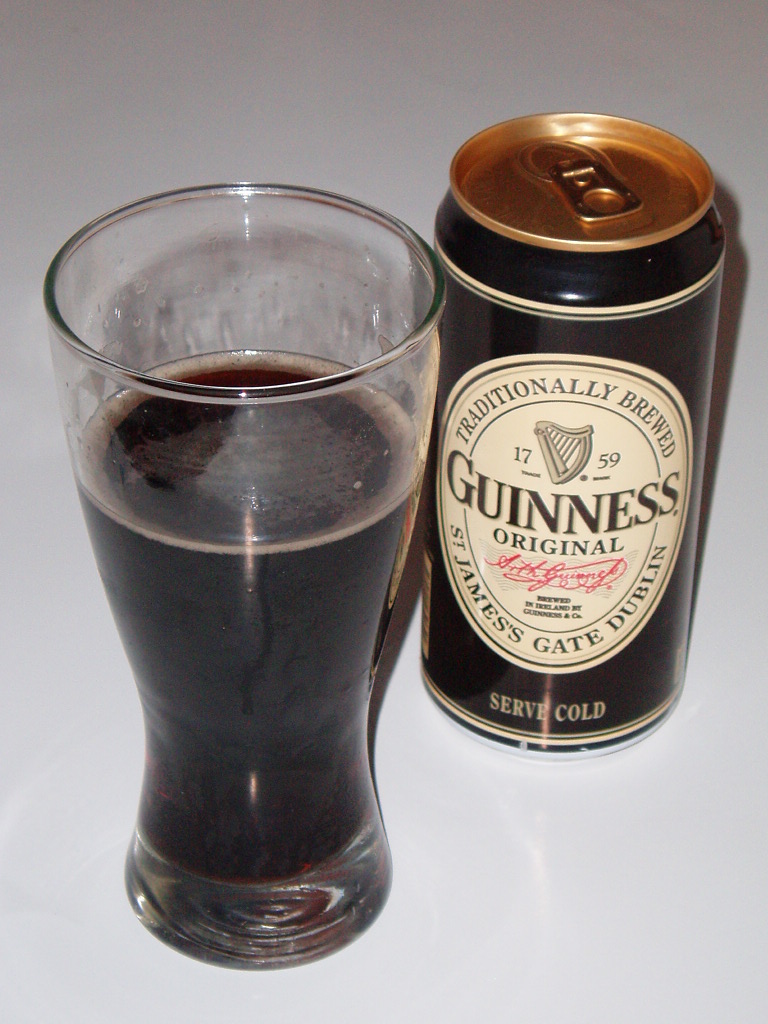
Arthur Guinness believed that liquor, especially gin, was destroying the lower classes in Ireland in the 1750s and he also believed that everyone should have access to a high-quality quality beer and a healthier form of alcohol. This is why he brewed the high-quality black porter, his legendary Guinness Stout.
Soon Arthur Guinness revolutionized the brewing industry and ousted all imports from the Irish market and Guinness’s porter was in demand not only in Dublin but increasingly in England as well.
It was 1761 when Arthur Guinness married Olivia Whitmore in St. Mary’s Church, Dublin. The couple had 21 children and 10 of them lived to adulthood.
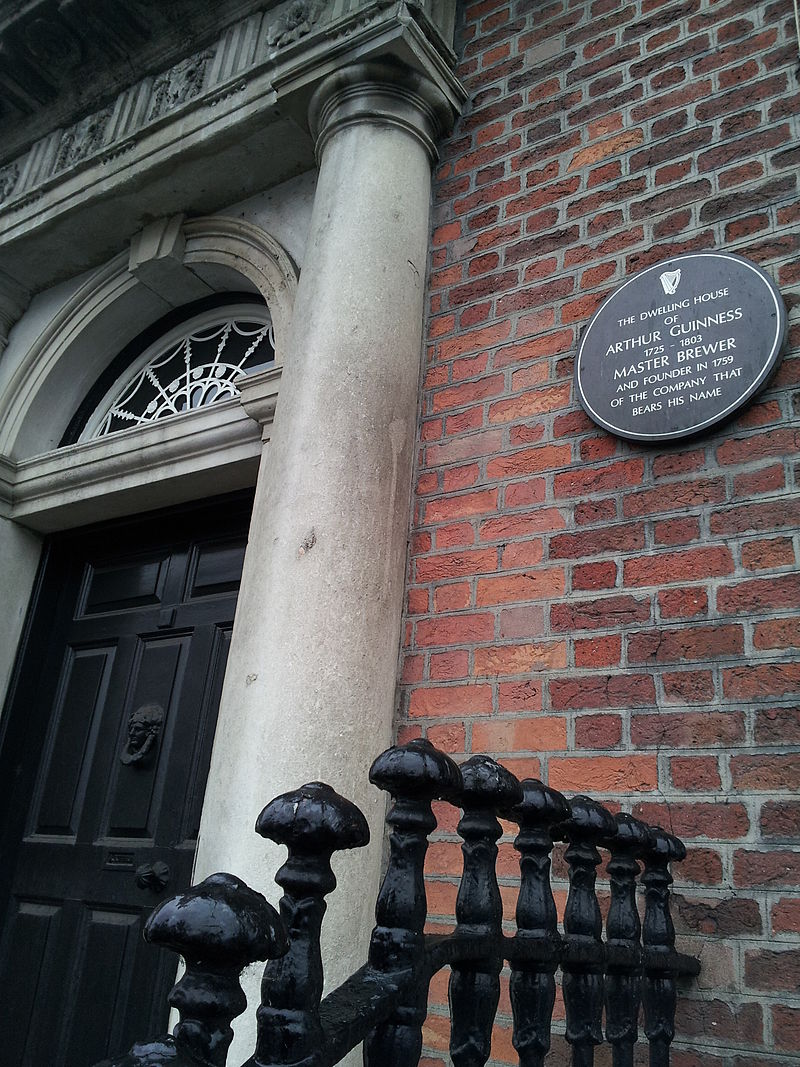
He handed over control to his three sons and spent his last years at Beaumont, his country home in Drumcondra. Arthur Guinness died on 23 January 1803 at the age of 78.
But his story does not end there. As years passed by Guinness grew to be one of the largest and most respected breweries in the world. By 1838, Guinness’ St. James’s Gate Brewery was the largest in Ireland and by 1914, St. James’s Gate was the world’s largest brewery.
